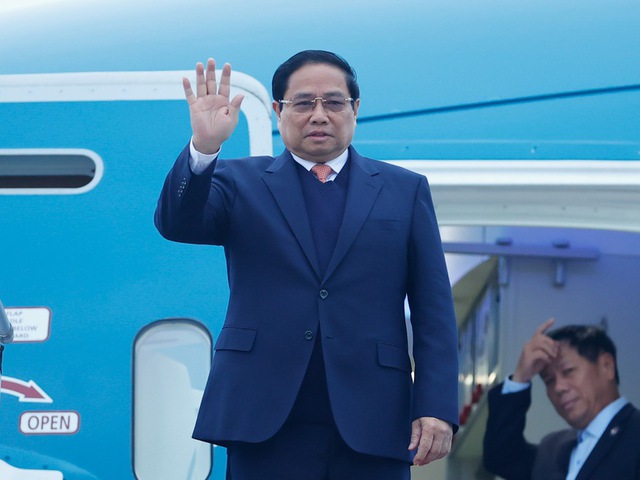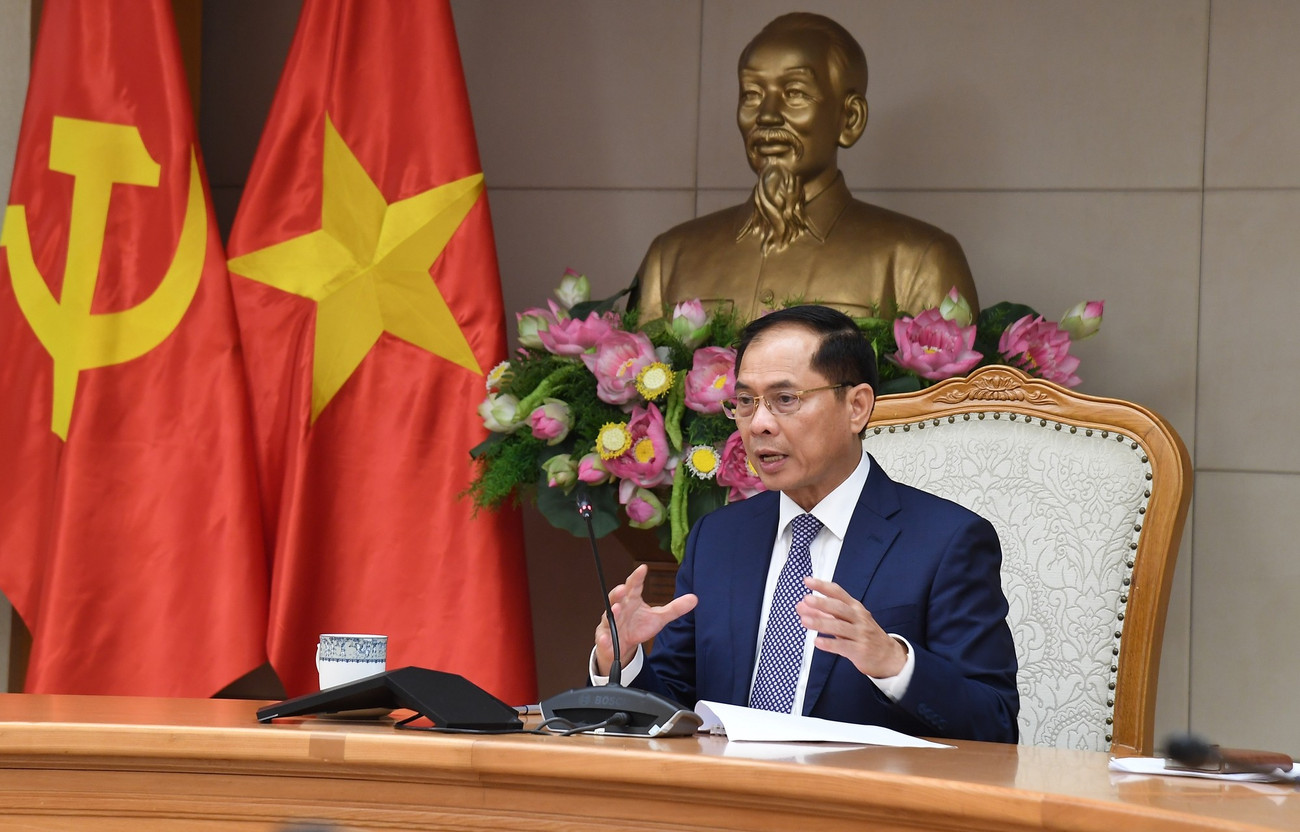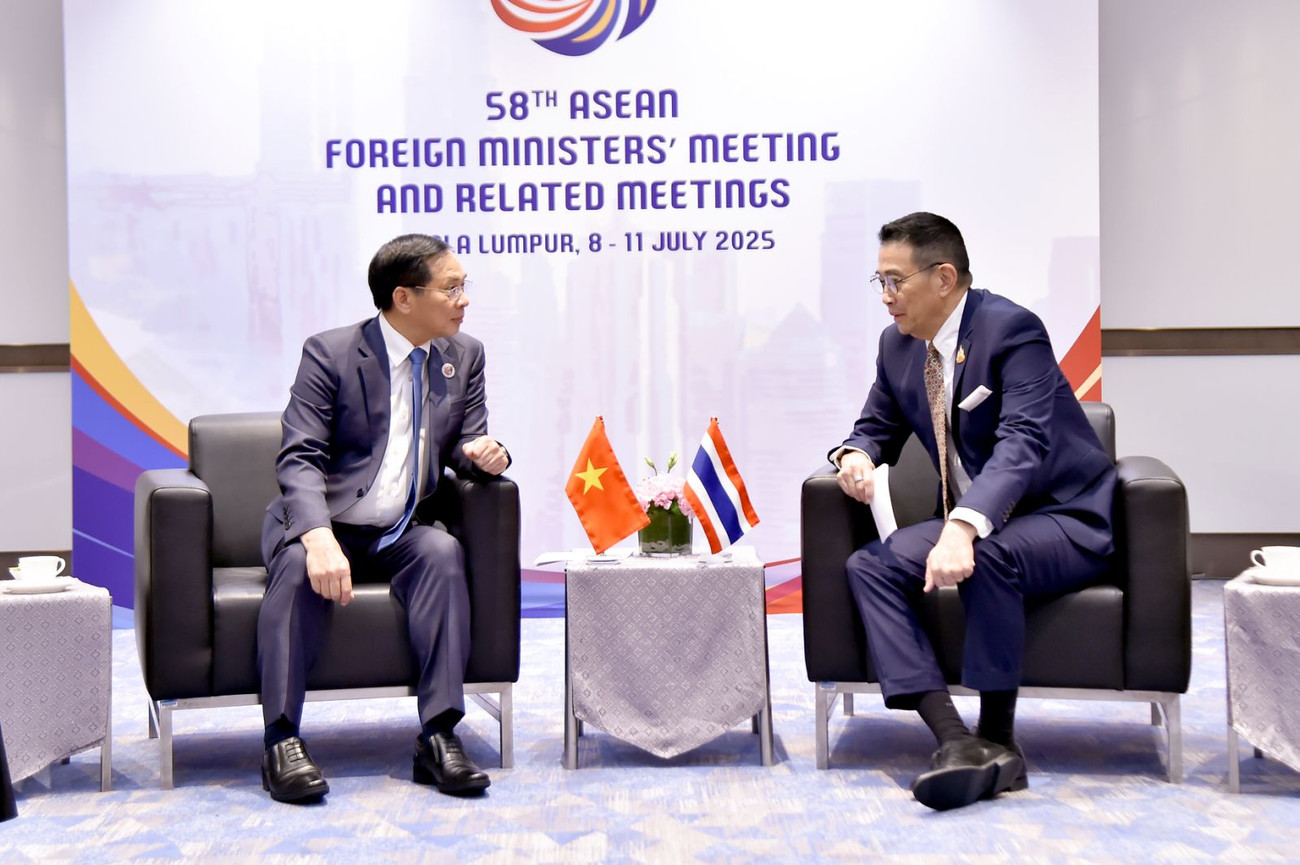MOIT VIETNAM | A New Chapter in Vietnam–Laos Trade Relations
/ News / Activities
A New Chapter in Vietnam–Laos Trade Relations
A landmark trade agreement signed in April 2024 between the Ministry of Industry and Trade of Vietnam and its Laotian counterpart has ushered in a new era of enhanced economic cooperation. Building upon the foundation laid by the 2015 Vietnam–Laos Trade Agreement, this newly ratified pact reflects the evolving priorities and ambitions of both nations. It also addresses limitations encountered during the implementation of previous frameworks, aiming to elevate bilateral trade to unprecedented heights.
.jpg)
Surpassing Milestones: A Decade of Steady Growth
The first Vietnam–Laos Trade Agreement, signed in 2015, catalyzed a period of dynamic growth in bilateral economic ties. Over the years, Vietnam and Laos have consistently expanded their import-export activities, maintaining a positive trajectory in trade turnover. In 2018, their bilateral trade value surpassed USD 1 billion for the first time—an important milestone that underscored the effectiveness of mutual cooperation.
Despite global disruptions caused by the COVID-19 pandemic, the two countries sustained momentum. In 2021, trade volume surged to USD 1.37 billion—an impressive 33.3% increase from the previous year, tripling the bilateral target of 10% growth. The upward trend continued in 2022, when trade soared to a record USD 1.65 billion, before slightly dipping to USD 1.63 billion in 2023.
However, 2024 marked a breakthrough year. With renewed political will and the fresh impetus provided by the new trade agreement, Vietnam–Laos trade exceeded expectations, reaching over USD 2.2 billion—an increase of nearly 34% compared to 2023. This performance far surpassed the original goals set by the governments of both nations, demonstrating the robustness of their economic partnership.
On the investment front, Vietnamese enterprises have played an increasingly vital role in Laos's development. As of mid-2024, Vietnam had invested in 267 projects across Laos, with a total registered capital of approximately USD 5.7 billion. These figures illustrate not only the growing economic interdependence but also the strategic alignment between the two countries.
Untapped Potential in a Strategic Relationship
While recent achievements are commendable, economic experts note that the full potential of Vietnam–Laos trade remains largely underutilized. According to joint assessments by both governments, bilateral trade still accounts for only around 10% of Laos’s total foreign trade and a mere 0.2% of Vietnam’s. These statistics reveal a significant growth gap when weighed against the nations' strong political ties, cultural affinities, and geographic advantages.
Vietnam and Laos share over 2,300 kilometers of land border, spanning ten provinces on each side. This natural connectivity is enhanced by their strategic location along the East–West Economic Corridor—a vital regional transport and trade route. In addition, the two countries are parties to several agreements that promote cross-border commerce, including the ASEAN Trade in Goods Agreement, the Vietnam–Laos Bilateral Trade Agreement, and the Vietnam–Laos Border Trade Agreement. These frameworks facilitate tariff reductions—many to 0%—on a wide range of export goods.
Moreover, the two countries’ export portfolios are highly complementary. Vietnam primarily exports chemicals, petroleum, machinery, vehicles, steel, animal feed, and coffee to Laos. In return, Laos supplies Vietnam with products such as paper, fertilizers, rubber, wood, corn, coal, minerals, and other natural resources.
Charting a Path Toward USD 5 Billion in Trade
The signing of the 2024 trade agreement is more than symbolic—it is a comprehensive legal and strategic framework that outlines ambitious goals. The agreement contains 15 core articles and five appendices that cover key aspects of bilateral trade, including market access for goods and services, trade facilitation, e-commerce, trade promotion, and joint efforts to combat smuggling, commercial fraud, money laundering, and illicit cross-border transportation.
This agreement is expected to accelerate access to each other’s markets and lay the groundwork for a resilient, stable, and sustainable trading relationship. Both governments have signaled their intent to leverage this momentum to pursue even more ambitious targets. One such objective is to reach a total trade volume of USD 5 billion in the near future—a bold but achievable goal, given recent performance and policy alignment.
.jpg)
Strategic Projects and Government Commitments
At the 47th Meeting of the Vietnam–Laos Intergovernmental Committee held in January 2025 in Vientiane, leaders from both nations reaffirmed their unwavering commitment to enhancing special friendship and economic collaboration. The session included a comprehensive review of past achievements and detailed discussions on unlocking future opportunities—particularly through key infrastructure and energy projects.
Among the major initiatives prioritized are the Vung Ang Port clusters (terminals 1, 2, and 3) in Vietnam, cross-border electricity trading and hydropower cooperation, and major transport corridors, including the Hanoi–Vientiane expressway and the Vientiane–Vung Ang railway. Plans are also underway to develop potash mining and processing ventures in Laos—initiatives with significant economic and strategic value.
Billions Committed at Investment Cooperation Forums
In parallel, Vietnam–Laos economic cooperation received a significant boost during the Vietnam–Laos Investment Cooperation Conference held in January 2025. At this high-profile event, businesses and government agencies from both countries signed a series of agreements and licenses worth billions of USD.
Key projects include the capital expansion of the Savan1 Wind Power Plant by SDVIC to USD 32 million, a dairy farm complex in Laos increasing its investment to USD 85.2 million, and MB Bank Laos raising its registered capital to over LAK 229.9 billion. These ventures not only reflect investor confidence but also highlight the diversification of investment across energy, agriculture, finance, and logistics.
Driving Integration and Sustainable Growth
To ensure effective implementation of these initiatives, Vietnamese and Laotian authorities have held frequent consultations, workshops, and high-level exchanges to align policies and prioritize action plans. Among the agreed measures are enhanced trade promotion activities, expanded business matchmaking, and the development of cross-border trade infrastructure.
Emphasis is also placed on maximizing the potential of border economic zones and industrial parks, improving logistics systems, investing in e-commerce development, and exploring the establishment of cross-border industrial clusters. These initiatives are designed to reduce trade friction, lower costs, and open new avenues for innovation and inclusive growth.
A Future of Shared Prosperity
The Vietnam–Laos economic relationship is entering a transformative phase. With renewed political commitment, robust legal frameworks, and a shared vision of mutual development, both countries are well-positioned to unlock deeper trade and investment integration.
The momentum generated by the 2024 trade agreement and subsequent cooperation agreements is expected to catalyze a new wave of growth, innovation, and regional connectivity. As Vietnam and Laos look to the future, the goal is clear: to move beyond milestones and toward a strategic economic partnership rooted in mutual benefit, long-term stability, and shared prosperity.
-
/ News / Activities
Prime Minister Pham Minh Chinh’s Strategic Visit to Laos Marks New Chapter in Bilateral Relations
Prime Minister Pham Minh Chinh’s official visit to the Lao People’s Democratic Republic and his co-chairmanship of the 47th meeting of the Vietnam–...
-
/ News
Deepening Cooperation, Strengthening Regional Unity
On the afternoon of July 28, 2025, at the Government Headquarters in Hanoi, Deputy Prime Minister and Minister of Foreign Affairs of Vietnam, Mr. B...
-
/ News / Activities
Vietnam and Laos Accelerate Toward Deeper Regional Integration and Unprecedented Trade Growth
In an era where regional connectivity and economic resilience are critical pillars for national development, Vietnam and Laos are emerging as a mod...





